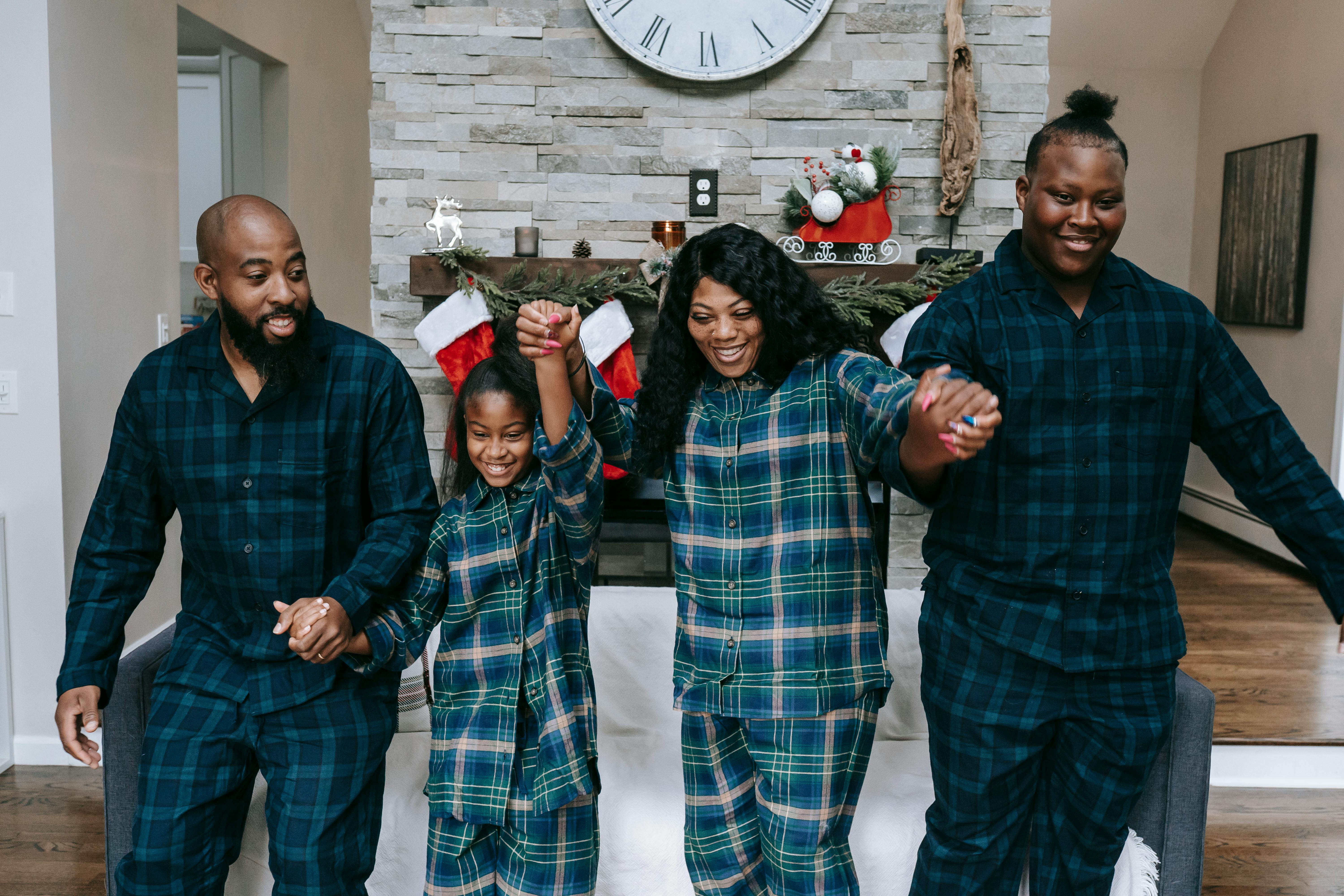Still not speaking? Baby Signing Could Help Your Child Avoid the Speech Therapy Waiting List
Is your son late to talk? Have you ruled out any possibility of hearing loss? He clearly understands a lot of what you say but he still can’t speak?
As parents, we are right to worry when our babies don’t meet their developmental milestones. First of all, I can say that most of the parental concerns will turn out to be delayed speech, which means the child understands but cannot express himself and will catch up with time. However, many children will have very specific speech and language. conditions. They may not understand much of what they hear and will need highly specialized support and education. Therefore, it is vital that parents express their concerns to a relevant healthcare professional.
As our hearing baby grows and develops, we torment ourselves with the question of whether or not his lack of speech sounds, words, and phrases is normal, whether he has difficulty expressing himself, and whether he will be understood by others outside of the familiar environment.
With speech therapy waiting lists getting longer, it pays to be vigilant and do everything you can to give your baby the best possible start in communicating effectively. In some parts of Ireland, for example, in November 2009, the average waiting period for assessment was 17-22 months, while the waiting time for treatment was 24-32 months. Similar statistics are reported in other parts of the UK, in the US and Australia as well.
The particular difficulty with baby milestones, however, is that they only provide a rough guide to what is ‘normal’ or average development. Every child is unique and there can be many other factors to take into account so these are open to interpretation, which goes without saying can also be influenced by funding issues between service providers. It is understandable that there is not an infinite amount of money and that they have to prioritize access to their services.
Are baby signs right for you and your child?
My frustrations may have been obvious when my niece recently commented on her 22-month-old son’s lack of intelligible words or phrases. My suggestion that she use baby sign language to encourage communication was met with laughter, and she dismissed the idea, saying, ‘I hear that will make him stop talking? I guess it wasn’t an enlightened audience, even though she knew of my experience as a Master Specialist.
Just yesterday I read a comment on a forum from a mom, who said signing didn’t work for her daughter…and then went on to say her daughter was an early talker. So why did she want to sign, I wondered.
Children know their own abilities and limitations and will sign differently. Some will use some signs for only a few weeks as they develop and practice their speech sounds and skills, while others will be content to use them for longer, usually alongside their developing speech, to the point where they feel completely confident. . Most children will stop signing when they become confident talkers, and children with additional needs may continue to use them for a little longer.
My 18 month old granddaughter only used one cue and used it until she was three years old. The very stubborn streak of hers kept her from vocalizing the word ‘please’, so there were some battles between her and mom when she asked for things. She was delighted to be shown the please sign and it became an automatic reaction that she used adoringly and to good effect from then on.
Important facts about baby sign language.
- Signing with hearing babies is always accompanied by normal speech and conversation. Only key words are signed, in the same way that a parent often emphasizes vocabulary when he talks to his baby or toddler.
- Signs are formalized gestures that convey meaning between parent and child. These cues will probably be the closest approximation you can manage to the cue you taught him, given his age and developing body awareness. You will come to know the subtleties and will be able to clarify the meaning with your child. All this leads to better communication between you.
- Signs are made in front of the body, thereby drawing attention to the face, general body language, and the purpose of the communication.
- The signs can come from Makaton, Baby Sign Language, ASL, BSL, or the equivalent in your country. If your child attends preschool or day care, familiarize the staff with the signs your child uses.
We have a more personal note.
When we were kids, we didn’t think of using signs for tea, coffee, yes, no, drink, phone, dinner, OK, stop. We all worked in the family sawmill where you couldn’t hear or be heard above the sound of circular saws and chippers. We never thought of it as sign language but effective communication…and we never wore hearing protectors in those days!
We all want the best possible start for our children. Don’t delay, your child needs you.
